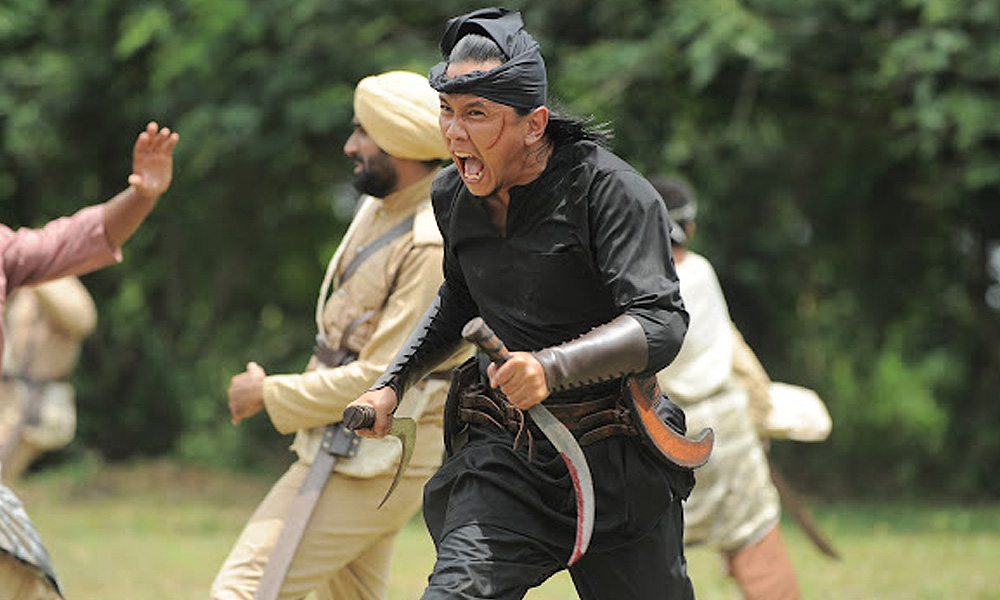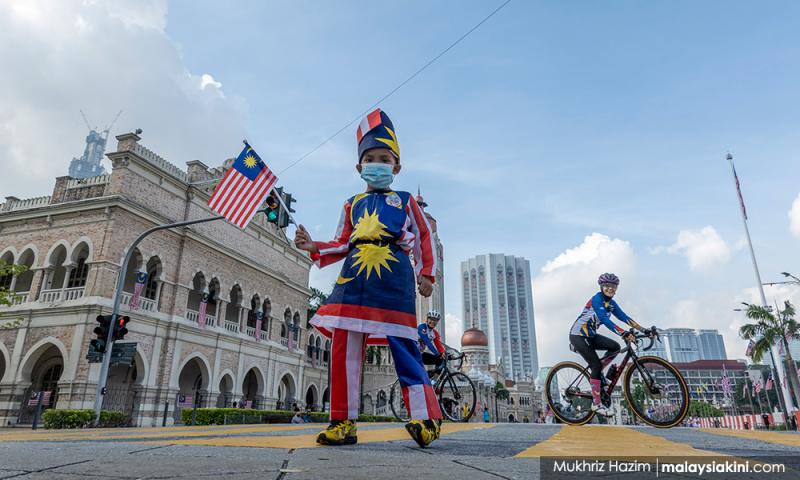LETTER | Mat Kilau: Are we talking about real unity?
LETTER | From Bon Odori Festival to the recent Mat Kilau fiesta, unity in Malaysia being a multiracial society has been a brouhaha among Malaysians.
Mat Kilau is unquestionably a commercial success local film to elevate the spirit of Malay nationalism and a milestone for local production as described by the director Shamsul Yusof, who said “the number speaks for itself” during an interview with a local YouTuber.
However, as a non-Malay, two-time visits to the cinema for Mat Kilau expanded my thought-processing away from the hot discussion in local media into a few aspects:
First, public discussion has been orientated around the racial and religious sentiment that overlooked the other side of the same coin.
One strong message that I think is left out by the public discussion, is the stereotype of young leadership.
A group of veteran leaders were initially sceptical of the appointment of Mat Kilau as a young leader for jihad for the reasons that he is “immature” and “inexperienced”, which could be a reflection of the true colour in Malaysian society.
Many youth movements in the nation have been actively battling these perceptions through activism and political discourse.
Having said that, local film producers play an imperative role in portraying unity that highlights the value of inclusivity to the eye of Malaysians, especially the younger audiences.
Being a certified civic education trainer, I noticed that the most common answers from a young generation when talking about “unity” or perpaduan, are always “multiracial society”, “festival” – or even “Malay, Chinese and Indian”.
Superficial examples like these may have clouded their judgements hence their understanding of unity remain on the surface level. Even worse, they tend to stop questioning the received ideologies instilled by institutions.

Racially homogenous narrative
Films are good propaganda tools but bear in mind, that the approaches should be inclusive to convey the right message to the audience while opening up spaces for them to understand the ideas of unity in diversity within Malaysia’s multiethnic landscape.
Films could also influence one to think critically and wisely. Hence, local productions should focus more on stories that emphasise values of unity in diversity and inclusivity, instead of leaning towards a racially homogenous narrative.
Kanang anak Langkau: The Iban Warrior, a 2017 Malaysian biographical historical drama film directed by Bade Azmi could be a good theme to increase the sense of unity among all Malaysians.
Many younger generations are not even taught about other ethnicities and cultures in Malaysia. How could we even say that our country has achieved unity?
The concept of cultural reproduction by French sociologist, Pierre Bourdieu, explains that existing cultural forms, values, practices, and shared understandings (norms) are transmitted from generation to generation.
In other words, any form of reproduced culture would be passed on from person to person or from society to society.
In view of that, young people ought to utilise all resources they could reach, to grasp a comprehension of history and the nation's development.
The history textbook should not be the only trustworthy resource to understand our "country" (or to be exact, the place you called home).
Narrative can be curated and created, even distorted.
Critical thinking, the habit of questioning, and regular fact checks are needed for young people to navigate through a rough sea of infodemic, thus achieving real unity for the nation.
The views expressed here are those of the author/contributor and do not necessarily represent the views of Malaysiakini.
RM12.50 / month
- Unlimited access to award-winning journalism
- Comment and share your opinions on all our articles
- Gift interesting stories to your friends
- Tax deductable
